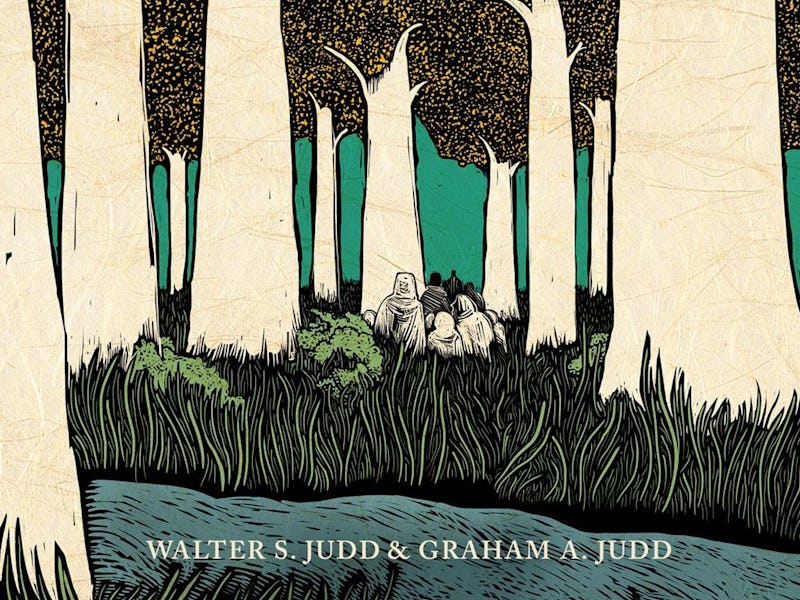'Flora of Middle-Earth' Reveals the LOTR Series' Biggest Letdown
Turns out pipe-weed was more brown than green.

There is a certain variety of stoner whose identity is inextricably linked to a love of Middle-Earth, The Hobbit, Lord of the Rings, and all things J.R.R. Tolkien. This person spends lazy summer afternoons reading The Silmarillion, perhaps puffing on a long wooden pipe packed with sticky green cannabis flowers.
We have some bad news for those marijuana-loving Lord of the Rings fans: Pipe-weed is not weed, as many people — this reporter included — long assumed it was.
This bad news comes by way of Flora of Middle Earth, an actual botany text released by Oxford University Press on Tuesday. In the book, which explores the factual and fictional plants of Tolkien’s world, author and University of Florida botanist Walter Judd, Ph.D. reveals that Tolkien’s famed pipe-weed is a lot less exciting that fans might hope.
Sorry, pipe-weed fans. The halflings' leaf is merely tobacco, so don't let anyone fool you into paying $20 for a gram of Old Toby.
In the book, which also includes beautiful, wood carving-styled illustrations by Graham Judd, Walter Judd notes that Tolkien’s pipe-weed was actually just plain old tobacco. He uses the word “tobacco” in the narrative voice in Lord of the Rings and even named the tobacco plant genus Nicotiana in the Prologue section “Concerning Pipe-weed.” Furthermore, Bilbo explicitly mentions tobacco in The Hobbit, telling Gandalf that it’s “a very fine morning for a pipe of tobacco out of doors.”
Despite these obvious textual clues, which would have been apparent to any fan who read the books closely, the pipe weed-marijuana connection has persisted for a long time, probably tracing its roots to dorm room stoner culture that rose around the same time as Dungeons & Dragons. The game draws significantly on Middle-Earth for mythology and characters, so it’s no stretch to say that the same people who spent their weekends engaging in D&D campaigns and smoking joints probably also loved Lord of the Rings. Be that as it may, though, Tolkien’s original text, as Judd points out, does not support this interpretation.
While it’s possible that fans may have overstated the cannabis head-canon, it’s not all in their minds. Peter Jackson’s film adaptation of the Lord of the Rings trilogy heavily suggested that Gandalf and Frodo’s pipes were filled with something a little stronger than tobacco. You may recall the moment Saruman rebukes Gandalf for his smoking habits, hitting him with the wild side-eye:
It seems like a stretch to say that tobacco, a stimulant, slows a person’s mind. In fact, this is a sentiment much more commonly associated with marijuana. To further hammer home the degree to which Jackson implied hobbits liked to get lit, let’s recall the moment in which Merry and Pippin light up their pipes in the ruins of Isengard and sit around smoking, snacking, and laughing, their eyes narrowed in that characteristic way:
Whatever our wishful thinking — and Peter Jackson’s creative liberties — had us believe, the evidence cited in Flora of Middle Earth is fairly clear: Pipe-weed is tobacco. Bummer.
At least you can take comfort in the fact that next time a Tolkien-loving friend winkingly suggests you share a pipe of Longbottom Leaf or Old Toby, you can hit them with the “Well, actually…”